The First Six Weeks of School
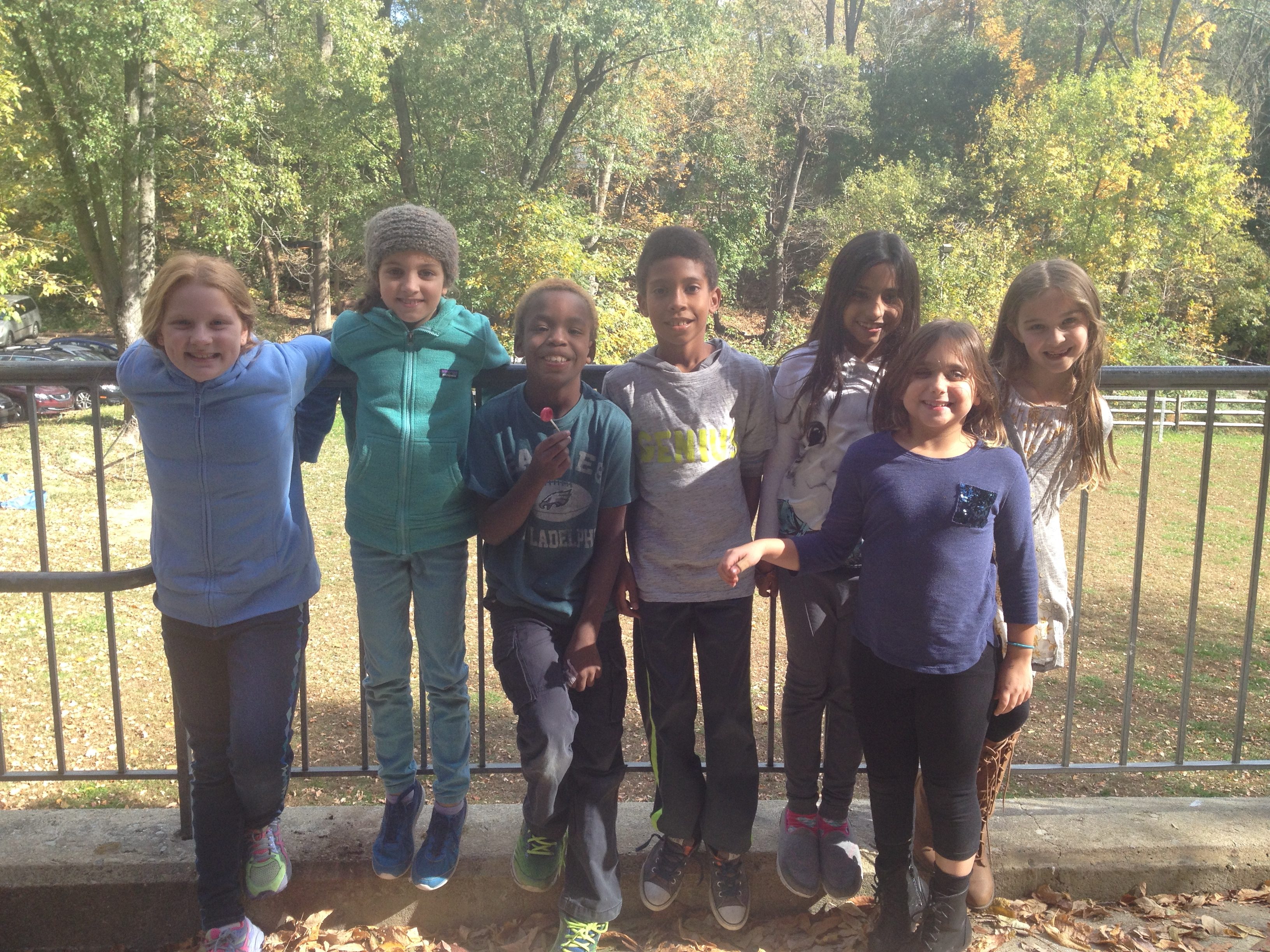
“Take it slow (oh oh ohh)”
I can’t help it, whenever I hear that phrase, John Legend starts crooning the lines to “Ordinary People” in my head. If you’re not familiar with the song, have a listen, but be warned—it’s an earworm. “Ordinary People” is a love-on-the-rocks song at heart, but the chorus creates a melodic mantra that is a musical (albeit ridiculous) balm for the hurried pace of daily life.
Stuck in rush hour gridlock? Release that tension by repeatedly belting
“This time we’ll take it sloOoOow!”
Your two year old careening down the inclined sidewalk again? After the fall…
“Honey, let’s take it slow-oh-oh-ohh.
Next time we’ll take it sloooow.”
No one else may appreciate the majesty of your vocal interludes, but it’ll make you smile inside all the same.
I felt the need to inform you of John Legend’s occasional role in my life because the phrase “take it slow” looped through my mind as we started this school year. As a staff, we made a very intentional decision to slow down the pace of the fall transition to Miquon. We also reinforced our commitment to creating initial experiences that foster independence, build community and give voice to individual students.
In June, staff received training in Responsive Classroom strategies and later in the summer many of us attended a workshop focused on cultural competency featuring Rosetta Lee. This professional development, along with numerous conversations, helped us refine and refocus the most important goals for the first few weeks of school. Big changes were obvious; your child may have told you that specialists visited home classrooms for the first few days to talk with kids and observe classroom norms. You might have also seen more adults outside guiding children at choice time and dismissal. But what did “taking it slow” look like in the science classroom? And why was it so important?
Practicing routines to foster independence
From the first moment that children arrived at the Moore Building for science this year, they were greeted on the deck with a warm hello and given specific information about where to go and what to do when waiting outside for class to begin. They practiced how to stand by the railing, wait until the group assembled and enter calmly with behaviors that are appropriate for an indoor learning environment. The first days also included straightforward information about how to move through the room safely, where and how to sit for different activities, and cues that would be used to direct attention during transitions. For each routine, students modeled the behavior, asked clarifying questions, offered suggestions and physically practiced the action. We talked about how brain cells actually make more connections when you repeat something until it becomes automatic background knowledge. This practice continued throughout the first weeks of school to help children learn the location of supplies, how to care for materials and how to properly clean up. (Yup, we’re still working on that one.) We focused on these routines heavily in the fall so that children could grow as responsible, independent learners who are ready to engage deeply with the topics we will explore throughout the rest of the year.
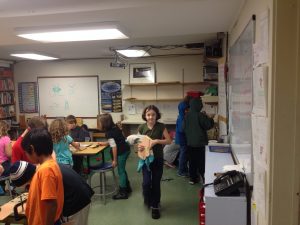
These efforts towards growing capable learners were validated during the first science lunch choice. Over forty children arrived ready to work and play with the materials they had explored during class; and the most amazing part was that they didn’t really need my help. Students were able to independently create and act on their interests using the strategies we had practiced earlier.
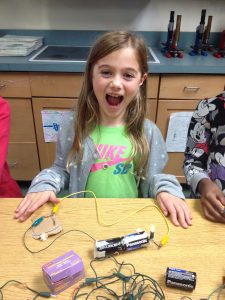
Building community to create a safe learning space
Mention the “Moo Cow Shaker” to your child (Kindergarten and older) and I hope you’ll see a smile. It’s a slightly silly tool that’s used as a talking piece to focus attention during our opening circles. Many science classes began with a quick opening circle in which students responded to a question of the day. The questions were about personal interests or relevant science topics. Circles provided a low-risk format for every individual to contribute, practice listening skills and build trust. We learned more about each other by sharing and could use this information to make connections throughout the rest of the day. Using circles on a regular basis also helps students discuss serious issues when they arise. Children become familiar with the process, know their voice is important and that they are expected to contribute during conflict resolution conversations.
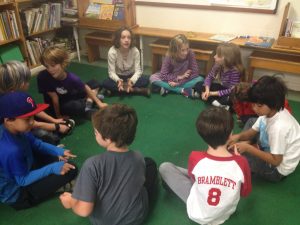
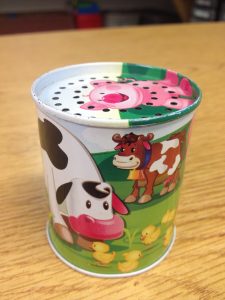
To refresh and rejuvenate, community building also included brain games and energizers. These were two or three-minute activities used during transitions or after a period of focused attention. We sang about surfing sharks, played mirroring theatre games and stretched our bodies into different shapes. Students were interested in brain research studies that suggest taking short brain breaks helps your mind get ready to learn more. By participating with gusto in potentially embarrassing situations, children also learned that it’s okay to take risks and try new things in front of each other.
Connecting with individual students
As a specialist teacher, I have a unique opportunity to know a child over many years, yet I have less time than classroom teachers for informal conversations about life outside of school. This means that it can take a long time to get to know some students, while others reveal a great deal about themselves right away. This year, I wanted to learn more about all students earlier in the year. To this end, third through sixth grade students created a “Guide to Me” about themselves in the style of a field guide. Before writing, they browsed guides about other animals and considered different ways people come to know and appreciate another living thing. Students highlighted important ideas including interests, appearance, movement, diet, family structure, migration and habitat. They also looked at the variety of ways people present information through writing, photographs, charts and diagrams. Students chose the information they wanted to present about themselves and how they wanted to present it. They then created a guide that they were comfortable sharing with the group. Both students and teachers have read the guides with interest. They now adorn the entire science room, each child’s experience contributing to the group identity.

The next six weeks
Building a caring and independent community of learners is an ongoing process. This work will continue throughout the school year. It will be reinforced by the daily routines we practice together and, at other times, will be explicitly addressed through longer conversations about what’s going well and what we need to improve. After all, we’re just ordinary people and sometimes we’ll need to take it slow.